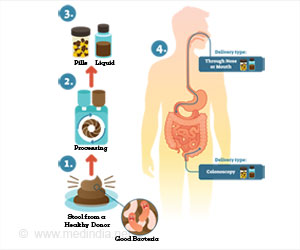Starting school later in the morning was found to help teenagers with migraine issues, a new study suggested.

‘Teenagers with migraines whose high schools started before 8:30 a.m. experienced an average 7.7 headache days per month.’





"Evidence suggests that there is a relationship between sleep and migraine," said first author Amy Gelfand, MD, a neurologist at the Pediatric Headache Program at UCSF Benioff Children's Hospitals, noting that 8-12 percent of adolescents suffer from the disease. "Getting adequate sleep and maintaining a regular sleep schedule may reduce the frequency of migraines."The American Academy of Sleep Medicine advises that teens get from eight to 10 hours of sleep a night. In recognition of adolescents' delayed circadian clock, the American Academy of Pediatrics recommends that middle and high schools start no earlier than 8:30 a.m. However, just 18 percent of public middle and high schools adhere to this recommendation, according to the Centers for Disease Control and Prevention.
To quantify what impact, if any, school start times have on migraine frequency, the researchers reached out to high schoolers via social media, offering a $10 gift card to complete a brief survey. Approximately 1,000 9th-12th graders whose headaches fit the criteria for migraine responded to the survey. They comprised 509 students who started school before 8:30 a.m. and 503 who started school after 8:30 a.m.
Both groups had an average 24-minute commute to school, with the earlier-start group waking up at 6:25 a.m. and beginning school at 7:56 a.m., and the later-start group waking up at 7:11 a.m. and beginning school at 8:43 a.m. Of note, the later-start group went to bed earlier on school nights - on average at 10:19 p.m., versus 10:58 p.m. in the earlier-start group.
While the average number of headache days per month averaged 7.7 days for the earlier-start group and 4.8 days for the later-start group, the difference narrowed to 7.1 and 5.8 days when the researchers adjusted for risk factors such as inadequate sleep and skipping breakfast, as well as for gender, grade, homework volume and migraine medication use. Nevertheless, the 1.3 days difference between the two groups remained significant, said Gelfand, who is affiliated with the UCSF Weill Institute for Neurosciences.
Advertisement
Similarly, in two studies of adults receiving onabotulinum toxin A (Botox) injections to prevent chronic migraines, the difference between the number of headache days between the two treatment groups and each placebo group was 1.4 days and 2.3 days.
Advertisement
In 2019, California became the first state to legislate that high schools begin no earlier than 8:30 a.m., a change that will be implemented in the 2022-23 academic year. "The COVID-19 pandemic has led to widescale changes in how students attend schools," said Gelfand. "As we rethink what a typical school day looks like, the time may be ripe for changing school start time as well."
Source-Eurekalert















